How exactly did appealing to the whole person fall out of fashion in advertising?
Somewhere along the lines, people began to separate out Reason-Why or logic-driven ads from emotionally galvanizing ads.
And the divisions went a step further in the branding group, in that only fashionable or premium products bothered to use aspirational or identity-based appeals.
This is bunk.
In general, you want your ads to hit the trifecta, to appeal to the whole person.
Because, at heart, all three appeals are interdependent.
A person’s character determines their hopes, dreams, and goals.
Their rational appraisal of their situation relative to their hopes and dreams determines their emotions.
As in, how far away are they from getting what they most desire? Are they making progress or falling further behind?
See how these appeals are intrinsically and intimately interconnected?
Emotion Divorced from Character (AK Aspiration) Never Works
If you attempt to manipulate emotions without an honest and respectful appraisal of your audience’s character, you’ll end up with manipulative garbage.
And manipulative garbage never works, no matter how much money you throw at production.
Case in point:
And if you’d like another example of an attempted emotional appeal divorced from an honest and respectful appraisal of ethos, you can check out this Gillette campaign, which only cost the company a few billions in sales.
Of course, emotional appeals and entertainment-driven ads don’t have to offend an audience to fail. They can simply fail to motivate action on the part of customers.
Taco Bell’s famous “Yo Quiero Taco Bell” campaign certainly entertained well enough, generating much laughter.
But Taco Bell sales declined. Which kind of figures, since the ads never gave a reason for anyone to choose Taco Bell.
They did give plenty of reasons why people might like a feisty little dog, however.
Do you think it’s a coincidence that sales of Chihuahua’s skyrocketed during the life of that campaign?
Bottom Line: Emotion and entertainment without aspiration and reason why won’t cut it for high performance advertising.
Reason Why Divorced From Character Is a Non-Starter
If you attempt to provide reasons-why without tying features to benefits, your ads will leave audience’s unmoved.
And this goes well beyond the old adage of “People don’t buy a quarter inch drill. They want a quarter inch hole.”
Because benefits are only benefits if they not only tie into the audience’s desires, but their aspirations as well.
If you present the benefit in a way that’s irrelevant to an audience’s sensibilities and aspirations, or worse, is insulting to them, you’ll fail.
Take this 2013 Hyundai ad for an ultra-low-emissions engine.
It’s a fantastic technical accomplishment. And many prospective customers would love to be identified with eco-friendly products.
But the ad tried to show the benefit in a way that deeply offended audience’s sensibilities. Watch for yourself:
Then there’s Burger King’s attempt to demonstrate how fresh their food is by showing off how their burgers will actually rot.
The implication is that this is opposed to McDonald’s burgers which are notorious for behaving more like plastic than food when left out.
Except that while plenty of people aspire to eat healthy, fresh, preservative free food, very few want to associate the burger they’re about to buy with the rotting nastiness on display in this ad:
Don’t do that.
Respect your customers’ character and flatter their sensibilities. Encourage their hopes, dreams, and aspirations.
And be careful of your associations. Don’t associate negative images with your brand.
Of course, pure reason-why branding ads don’t have to offend an audience’s sensibilities to fail.
Take these print ads for Columbia Sportswear that fizzled so badly the company was on the verge of bankruptcy prior to launching a new campaign.

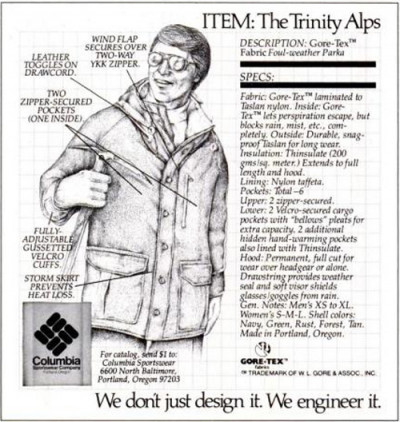
Again, it’s hardly a coincidence that the campaign that saved Columbia and launched their sales into the stratosphere featured character, emotion, and reason-why.
But What About Pure, Character-based, Aspirational Ads?
These ads can work and work like gangbusters.
But only for image-based, fashionable products.
As we Wizards say, you can sell style with style, but substance requires substance.
What kind of products do I mean by “style”?
Think cigarettes, beer, clothing, perfume — items closely tied to identity that aren’t major purchases for most people.
Take the Marlboro Man print ads. Is there anything to these ads other than an identity-based appeal?
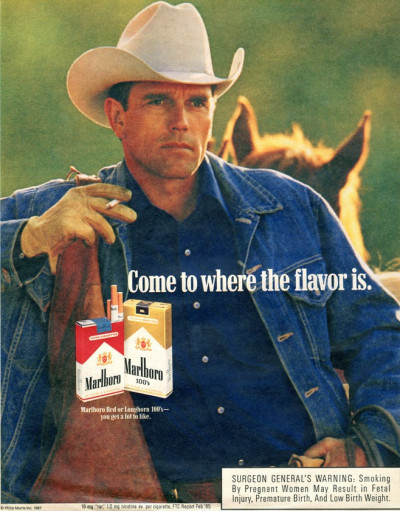
Or what about The Most Interesting Man In the World? Is there even one iota of information about the actual product?
Hell, no!
The only “reason-why” the ads supply for drinking Dos Equis is the Most Interesting Man’s quasi-endorsement.
So, yeah, you can definitely sell style with style using a pure appeal to character.
The problem comes when you’re trying to sell more substantive products, like cars or computers.
Sure, purely aspirational ads like this can be worked into the mix:
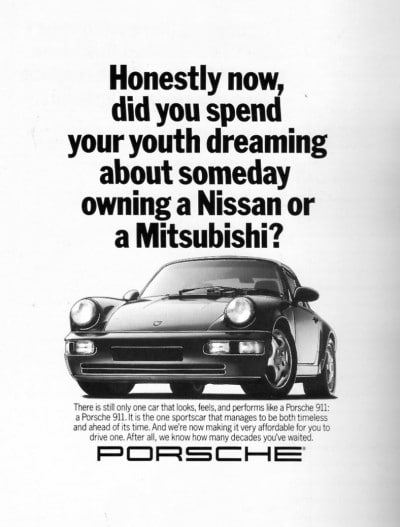
But within the scope of the campaign, they’ll have to be counterbalanced with some additional reason-why content like this:
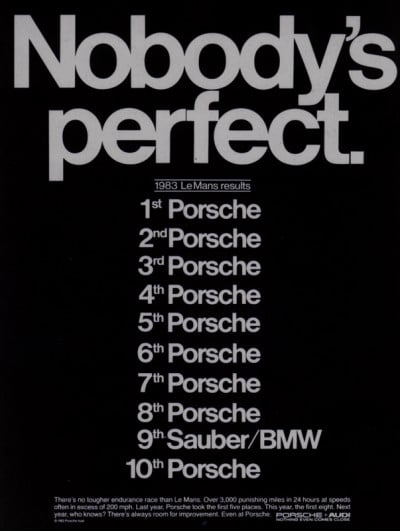
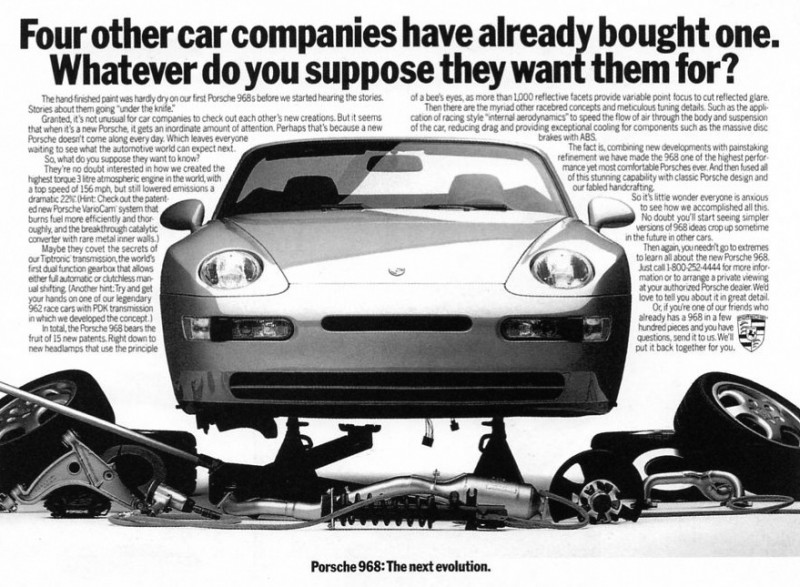
Advertising to the Whole Person
So what does it look like when you hit all three appeals — character, logic, and emotion?
It looks a lot like this:
Who do you aspire to be more like: Mac or PC?
And as someone who uses (or aspires to use) computers for creative pursuits, what is it that you desire from your computer?
Do these ads promise and demonstrate that?
Do they do so in a way that attaches emotion to those promises?
Are You Advertising to a Sliver of a Customer or the Whole Person?
What about your ads?
Are they all entertainment, stuffed with snappy gags and chatter?
Are they all dry, dry, dry reason-why?
Are you trying to sell substantive products with aspirational appeals alone?
Or are you advertising to the whole person — their character, desires, and rational understanding all at the same time?
- Are You Paying for Too Much for the Wrong Keywords? - July 15, 2024
- Dominate Your Market Like Rolex — 4 Powerful Branding Lessons - July 3, 2024
- Military-Grade Persuasion for Your Branding - June 25, 2024
